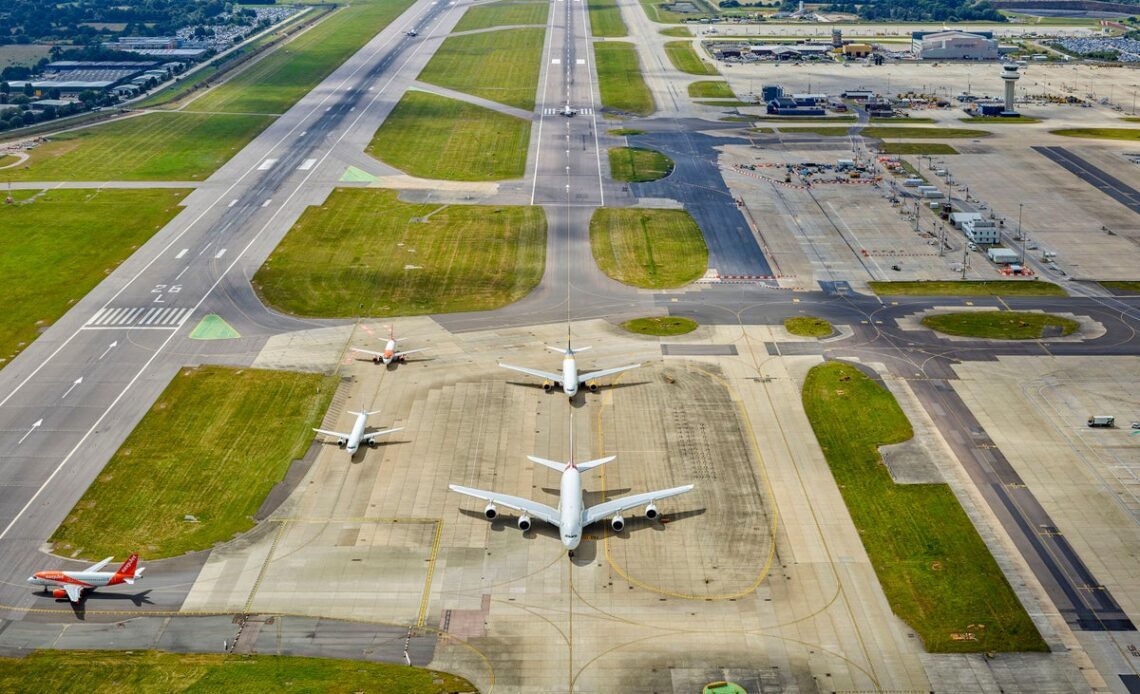“No matter what the reason is, a go-around happens because it is the safest course of action in that moment in time.” So writes an air-traffic controller in a blog aimed at reassuring passengers about the sometimes alarming moment when an aircraft that was about to land soars upwards at full power.
Kim Giles works for Nats as an approach controller for two of the UK’s five busiest airports, Luton and Stansted. She says: “You may have read or heard about when an aircraft has decided to abandon its approach, electing not to land and instead taking back off to either try again or to hold in airspace – this manoeuvre is known as a ‘go around’.
“Despite being a fairly regular occurrence in the world of aviation, an aircraft failing to land and trying again is always seen as something quite scary and dramatic when it’s spoken about in the media.
“Go-arounds, also known as missed approaches, can happen for a variety of reasons: the approach may be unstable, for example the aircraft is too high or too fast, or the runway might not be clear because the aircraft that has landed ahead hasn’t vacated the runway in time.
“Strong winds, often known as crosswinds, can also cause aircraft to go-around, especially if they’re blowing across the runway making it difficult to land in a straight and stable position.
“All crew are taught from the beginning of their flying training to go-around if they’re ever unhappy with the approach.”
Earlier this year, during Storm Eunice, hundreds of thousands of viewers watched Big Jet TV as aircraft attempted to land at Heathrow amid high winds.
Ms Giles spells out the increased workload for approach controllers.
“If multiple aircraft opt to go-around, if the weather conditions are bad for example, there can be quite a lot to do in a short amount of time.
“If the aircraft wants to make another approach straight away, I need to decide where in the sequence that aircraft can fit and take steps to make this new sequence work.
“This may sometimes require other aircraft being given longer routings or needing to be slowed down. If another controller is working alongside me because its already a busy period, then I also need to communicate this plan with them.
“The good news is that we train for these events and, because they happen fairly regularly, although there’s a lot to do, it is very rarely complicated or overly difficult!
“Pilots and air traffic controllers are highly trained individuals with safety…
Click Here to Read the Full Original Article at The Independent Travel…
